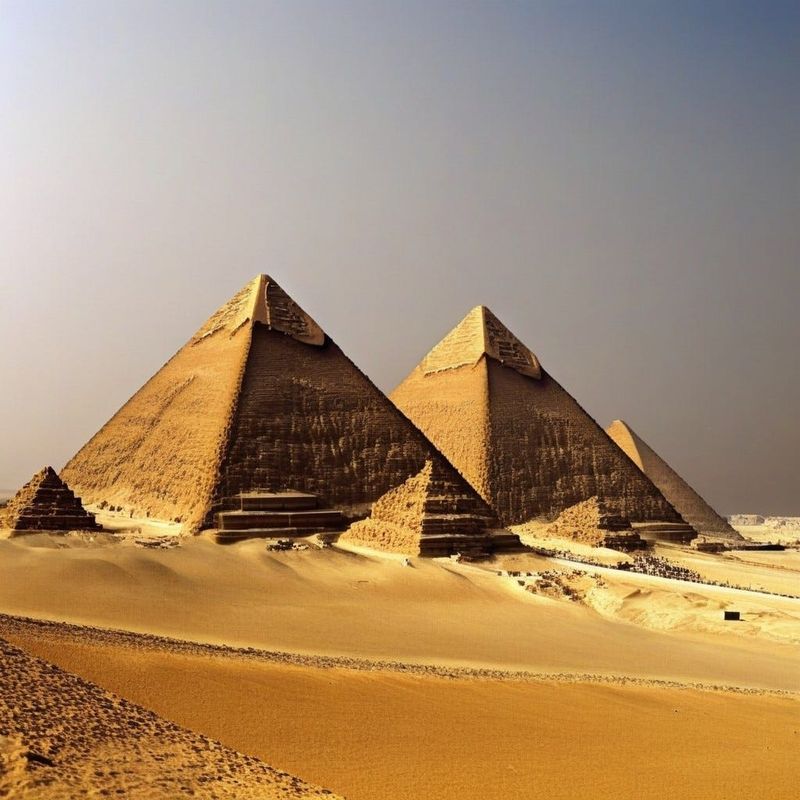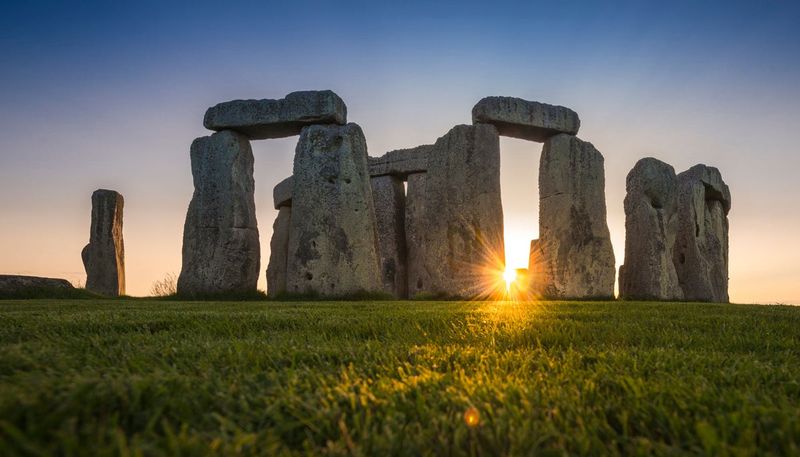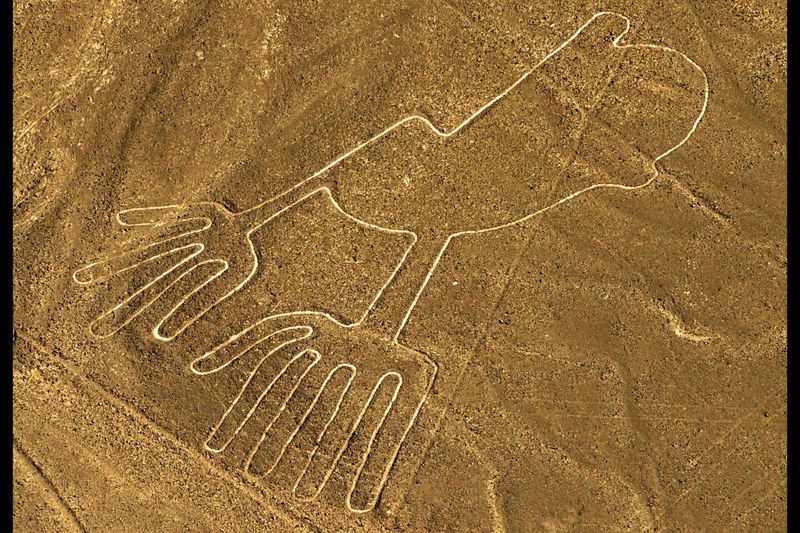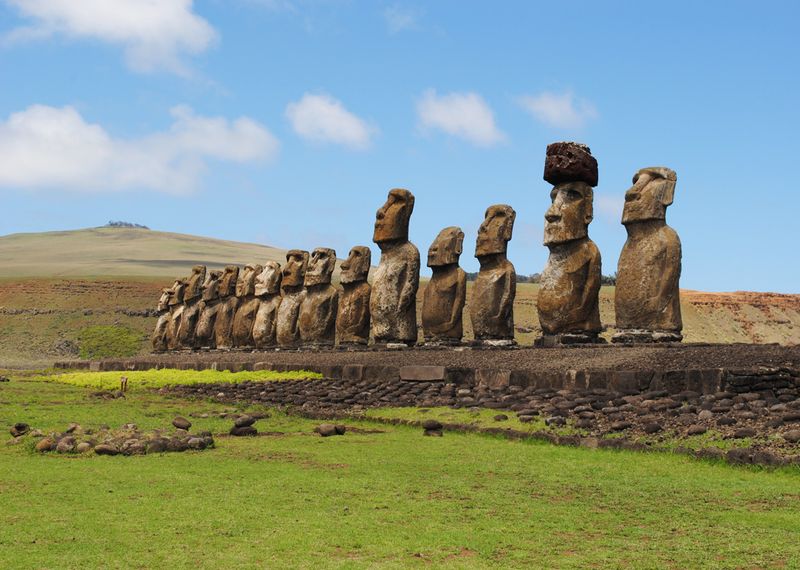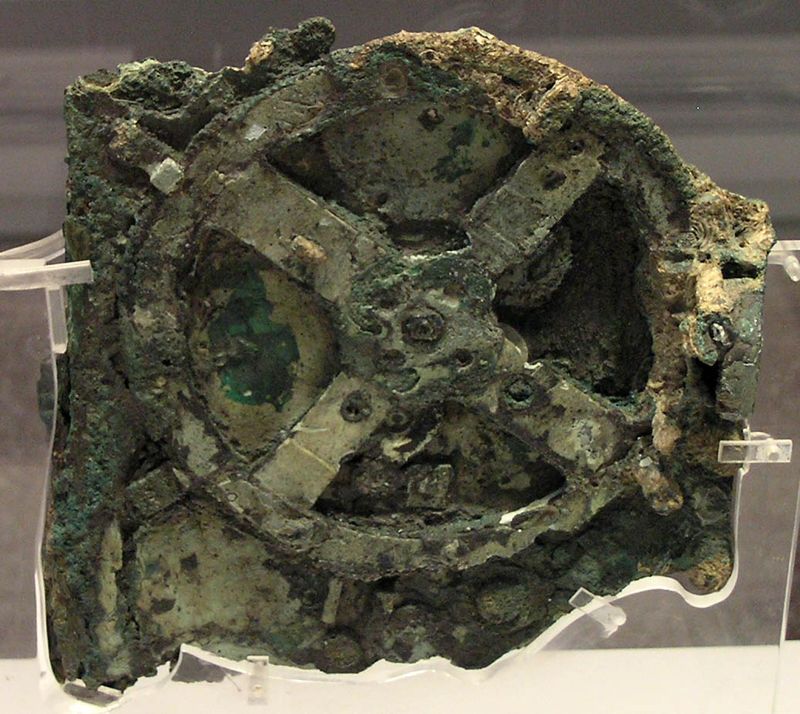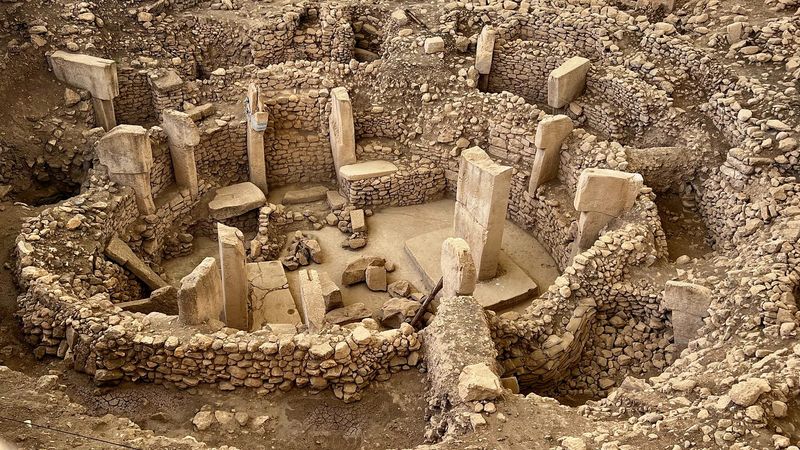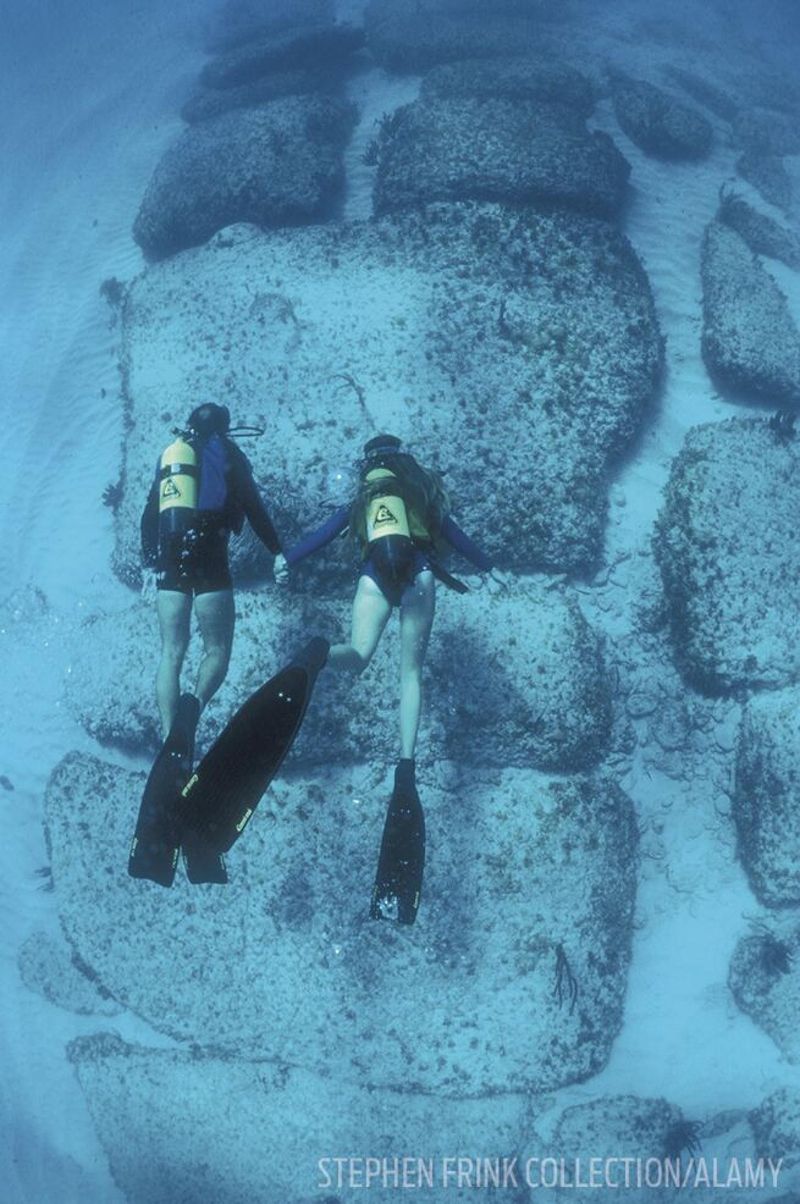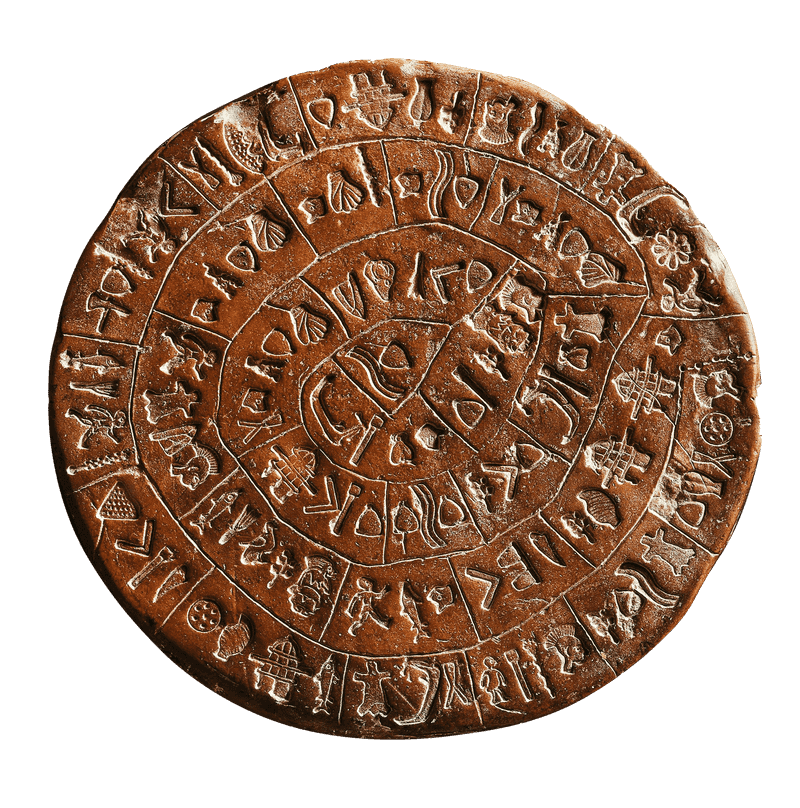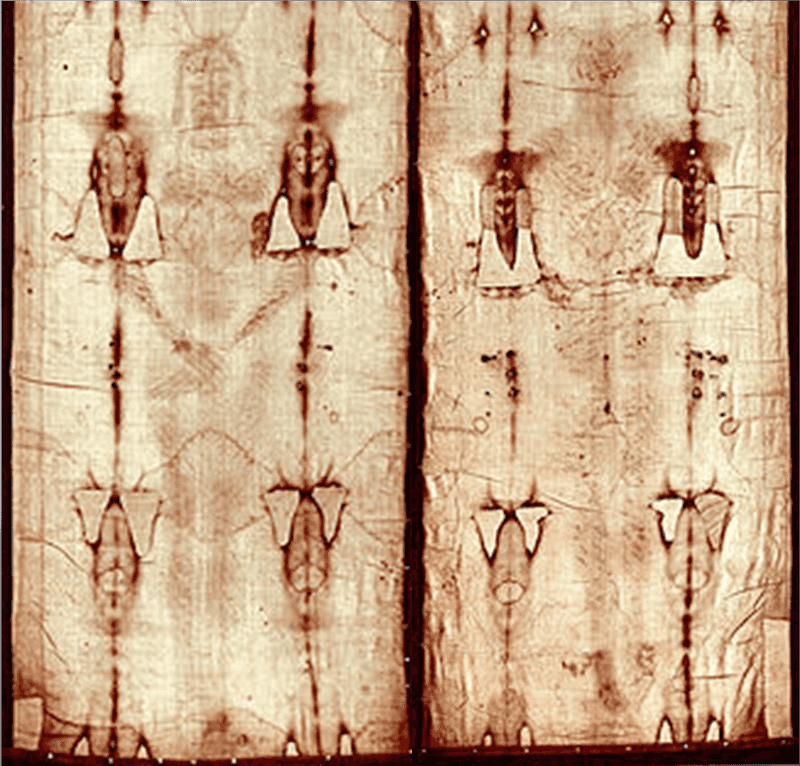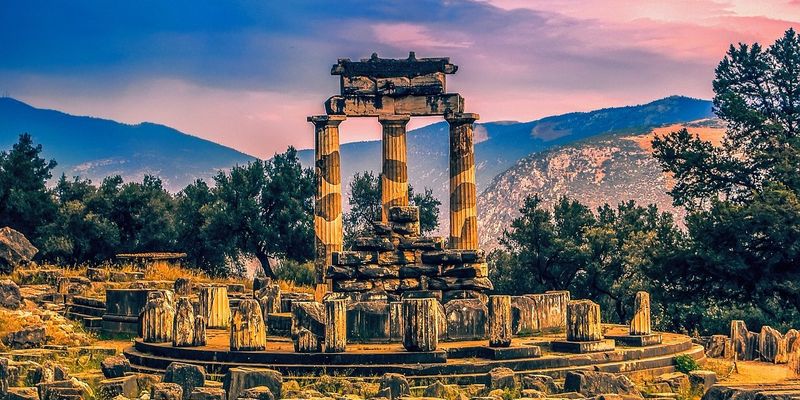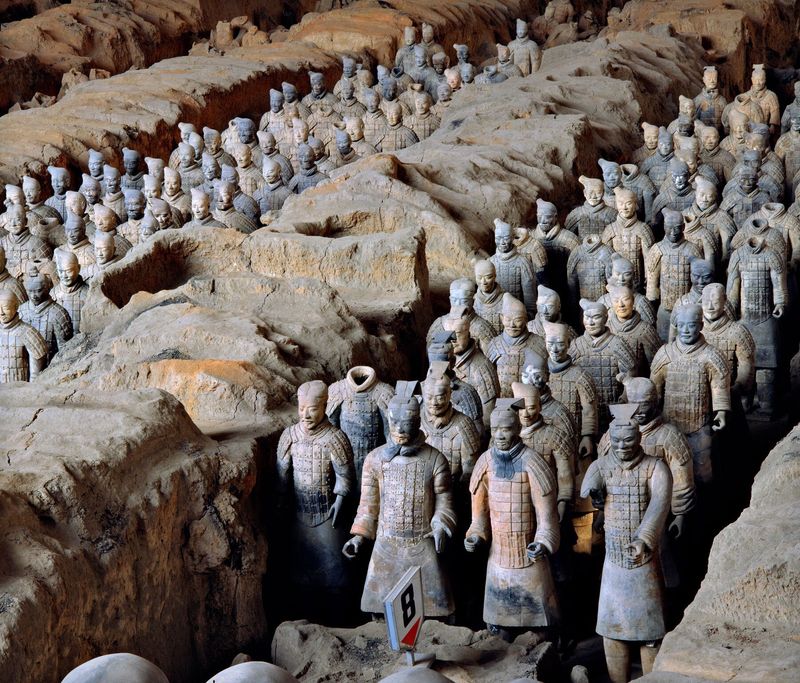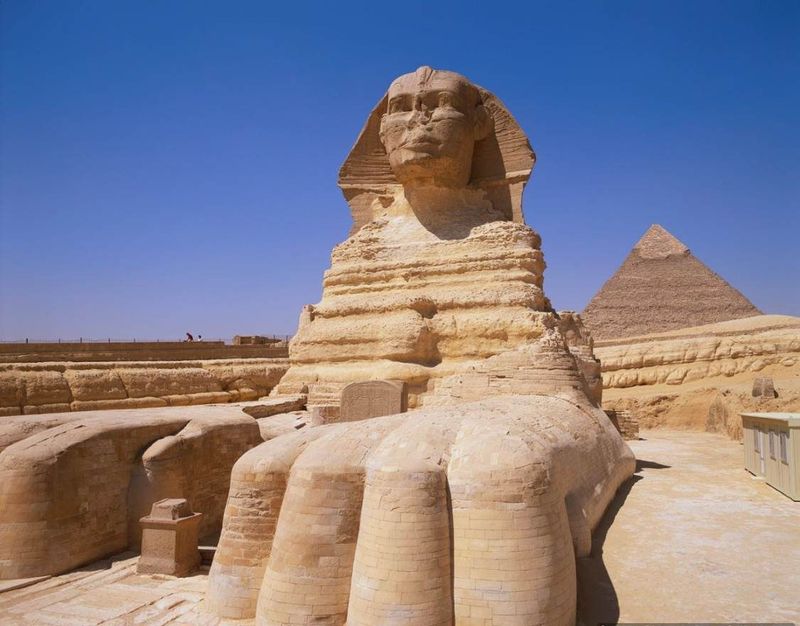Throughout history, humanity has uncovered a plethora of relics and remnants from our ancient past. While many have been explained, there remain a number of enigmatic artifacts and phenomena that puzzle scientists and historians alike. Here, we explore 15 ancient secrets that continue to captivate and mystify experts around the globe. Join us on this intriguing journey into the unknown.
The Great Pyramids of Giza
The Great Pyramids of Giza stand as an enduring symbol of ancient engineering prowess. Constructed around 4,500 years ago, these monumental structures continue to baffle scientists. How did the ancient Egyptians move massive limestone blocks without modern machinery? This question remains unanswered, sparking endless curiosity. While some suggest simple tools and sheer manpower, others propose advanced knowledge lost to time. These pyramids align perfectly with cardinal points, suggesting astronomical significance. The precision and scale of these constructions highlight a sophisticated understanding of mathematics and geometry. Their purpose and the methods used, however, remain shrouded in mystery.
Stonehenge
Stonehenge, located on Salisbury Plain in England, is a prehistoric monument that continues to intrigue researchers. The massive stones are arranged in a circular formation, each weighing several tons. How these stones were transported and the exact purpose of Stonehenge remain elusive. Some theories suggest it was a burial ground, while others propose it functioned as an astronomical calendar. The alignment of the stones with solstices indicates a potential connection to ancient celestial events. Despite extensive study, Stonehenge’s secrets are still unfolding, inviting countless hypotheses and investigations from around the world.
The Nazca Lines
The Nazca Lines, etched into the desert of southern Peru, are a series of large geoglyphs that have puzzled scientists for decades. These designs range from simple lines to complex animal shapes, visible only from the air. Their creation and purpose remain a mystery. Some theories propose they were used for astronomical or religious rituals, while others suggest they were a form of ancient communication. The precision required to create such large-scale images without modern technology is astounding. Despite numerous studies, the true significance of these ancient markings remains a tantalizing enigma.
Easter Island Moai
Easter Island’s Moai statues are colossal stone figures that have perplexed archaeologists for years. These statues, carved from volcanic rock, average 13 feet in height and weigh up to 14 tons. The methods used by the islanders to transport and erect these statues are still debated. Some suggest a complex system of ropes and wooden sledges, while others propose “walking” the statues using minimal manpower. Additionally, the cultural significance of the Moai and the reason for their placement around the island remain subjects of speculation. The island’s isolation adds to the intrigue of these mysterious figures.
The Antikythera Mechanism
The Antikythera Mechanism, discovered off the coast of Greece, is an ancient device often referred to as the world’s first analog computer. Comprised of intricate gears, it was used to predict astronomical positions and eclipses. Despite its age, the sophistication of the mechanism astounds modern scientists. How the Greeks achieved such technological prowess remains a topic of fascination. The mechanism’s existence suggests a level of scientific and mathematical understanding far beyond its time. Researchers continue to study it, attempting to unlock its full capabilities and the context in which it was created.
Gobekli Tepe
Gobekli Tepe, located in modern-day Turkey, is one of the oldest known temples in the world, dating back to around 9600 BCE. The site consists of massive stone pillars arranged in circular formations, adorned with intricate carvings of animals. The purpose of Gobekli Tepe is still unclear, but it challenges previous assumptions about early human societies. The complexity of the site suggests advanced social organization and artistic expression. Some researchers believe it served as a ceremonial or religious center, while others explore its possible astronomical alignments. This ancient site continues to offer new insights into prehistoric life.
The Voynich Manuscript
The Voynich Manuscript is an enigmatic book written in an unknown script, accompanied by unusual illustrations. Dating back to the 15th century, it has baffled cryptographers and linguists, as its language and purpose remain undeciphered. Some suggest it is a coded herbal guide, while others propose it could be a hoax. The manuscript features detailed botanical drawings, astronomical charts, and mythical creatures, adding to its mystery. Despite the efforts of experts worldwide, the true meaning and origin of the Voynich Manuscript continue to elude discovery, captivating those who attempt to unravel its secrets.
The Baghdad Battery
The Baghdad Battery is an ancient artifact that resembles a primitive battery, discovered in Iraq. Dating back to the Parthian or Sassanid period, it consists of a clay jar with a copper cylinder and an iron rod. The purpose of this device remains speculative, with theories suggesting it might have been used for electroplating or as a simple galvanic cell. If indeed a battery, it would indicate a surprising level of technological advancement in the ancient world. Researchers continue to experiment with replicas, striving to understand its true function and its implications for ancient technology.
The Bimini Road
The Bimini Road is an underwater rock formation located near the Bahamas, sparking debates over its origins. Some believe it to be a natural occurrence, while others speculate it is the remains of an ancient civilization, possibly Atlantis. The road-like structure consists of rectangular limestone blocks, leading many to ponder its purpose. If man-made, it challenges our understanding of prehistoric maritime capabilities. Marine archaeologists continue to explore and study the Bimini Road, hoping to uncover definitive evidence of its formation. This enigmatic site fuels the imagination and invites further exploration of our ancient past.
The Crystal Skulls
The Crystal Skulls are mysterious artifacts, allegedly pre-Columbian Mesoamerican relics, carved from clear or milky quartz. These skulls have inspired numerous legends and theories, including connections to extraterrestrials and ancient wisdom. Despite scientific analysis, their origins and authenticity remain disputed. Some suggest they are modern forgeries, while others believe they possess mystical properties. The intricate craftsmanship of the skulls is impressive, regardless of their true age. The legends surrounding the crystal skulls continue to captivate imagination, prompting both skepticism and fascination. Researchers strive to uncover the truth behind these enigmatic artifacts.
The Phaistos Disc
The Phaistos Disc is a circular clay disc discovered in Crete, inscribed with mysterious symbols. Dating back to around 2000 BCE, its script remains undeciphered, sparking numerous theories about its purpose. Some scholars suggest it represents an ancient form of communication or a religious text. The disc’s unique arrangement of symbols, pressed into the clay in a spiral pattern, adds to its allure. Despite extensive research, the true meaning of the Phaistos Disc remains a puzzle, drawing linguists and archaeologists into a quest to unlock its secrets and understand its historical context.
The Shroud of Turin
The Shroud of Turin is an ancient linen cloth that bears the faint image of a man, believed by some to be Jesus Christ. Its origins and the method by which the image was created remain hotly debated. Radiocarbon dating has provided conflicting results, fueling further intrigue. The shroud has been both revered as a religious relic and scrutinized as a possible medieval forgery. The image’s mysterious qualities, including its photographic negative properties, add to its enigma. Researchers continue to study the shroud, seeking to unravel the truth behind this intriguing artifact.
The Oracle of Delphi
The Oracle of Delphi was an ancient Greek temple where the Pythia, a priestess, delivered cryptic prophecies. Located on Mount Parnassus, it was considered the center of the world by the Greeks. The methods by which the Pythia entered her trance-like state remain a topic of speculation, with some attributing it to natural gases. The Oracle’s influence on Greek politics and culture was profound, as leaders sought its guidance. Despite extensive historical and archaeological study, the full extent of the rituals and the source of the oracle’s insights remain shrouded in mystery.
The Terracotta Army
The Terracotta Army is a vast collection of clay soldiers buried with China’s first Emperor, Qin Shi Huang, near Xi’an. Discovered in 1974, these life-sized figures were intended to protect the emperor in the afterlife. The army’s construction and the techniques used remain areas of interest for researchers. Each soldier is uniquely detailed, reflecting the advanced artistry of the time. The significance of the Terracotta Army extends beyond its sheer scale; it provides insight into ancient Chinese beliefs and practices. Archaeologists continue to unearth new aspects of this monumental discovery.
The Sphinx
The Great Sphinx of Giza, with its lion’s body and human head, is one of the most iconic monuments of ancient Egypt. Theories about its construction date and purpose abound, with some suggesting it predates the pyramids. The erosion patterns on the Sphinx have led to debates about its age, with some proposing it is much older than traditionally believed. The identity of the face depicted and the reasons for its construction remain speculative. Despite its familiarity, the Sphinx continues to captivate and challenge researchers, offering an enduring mystery from the ancient world.

